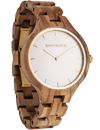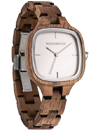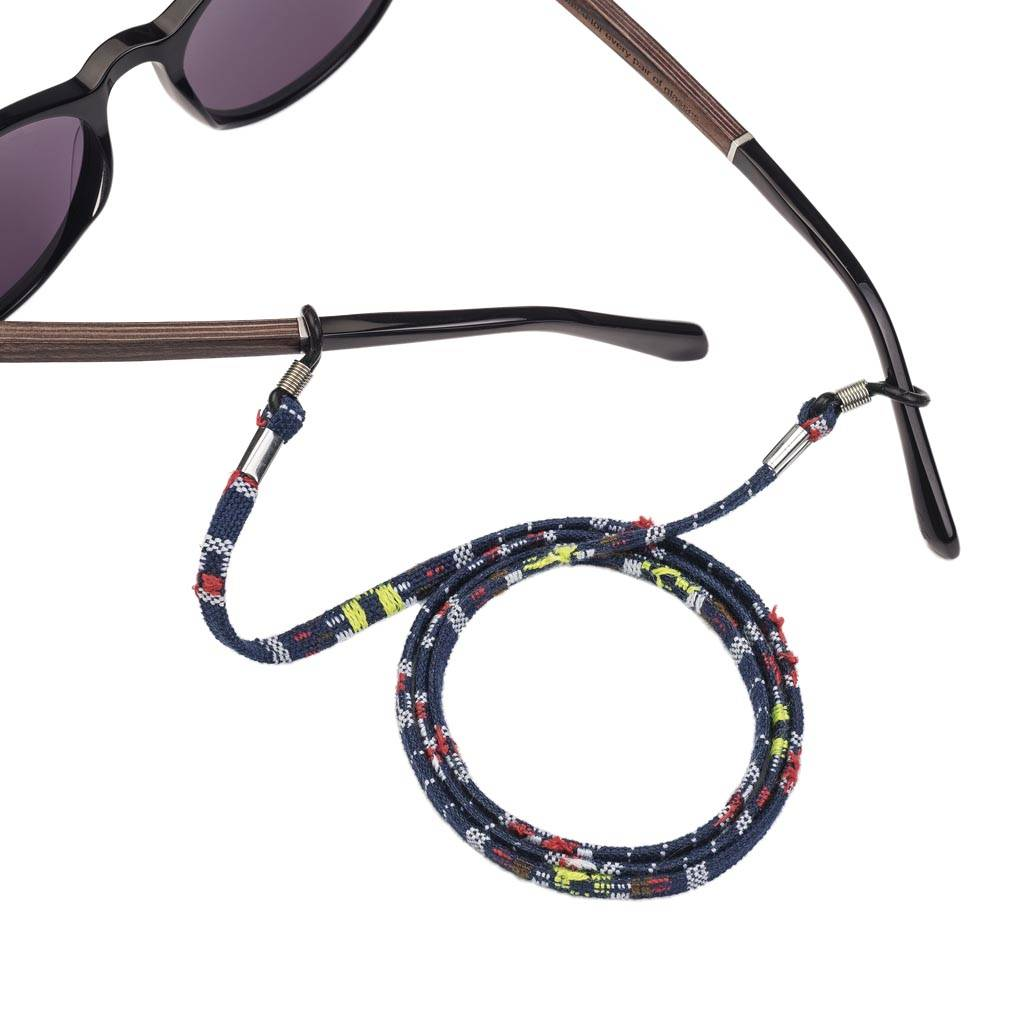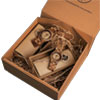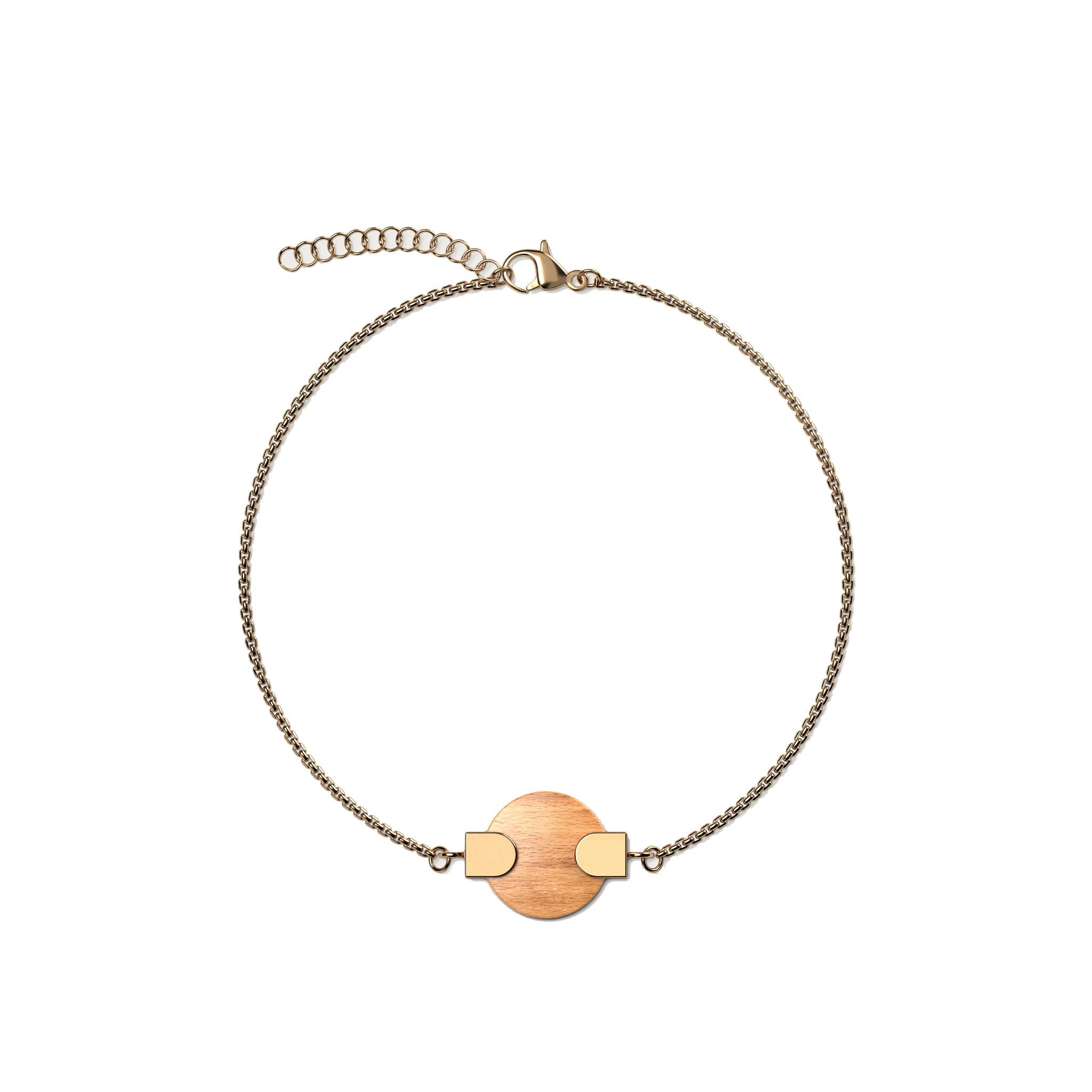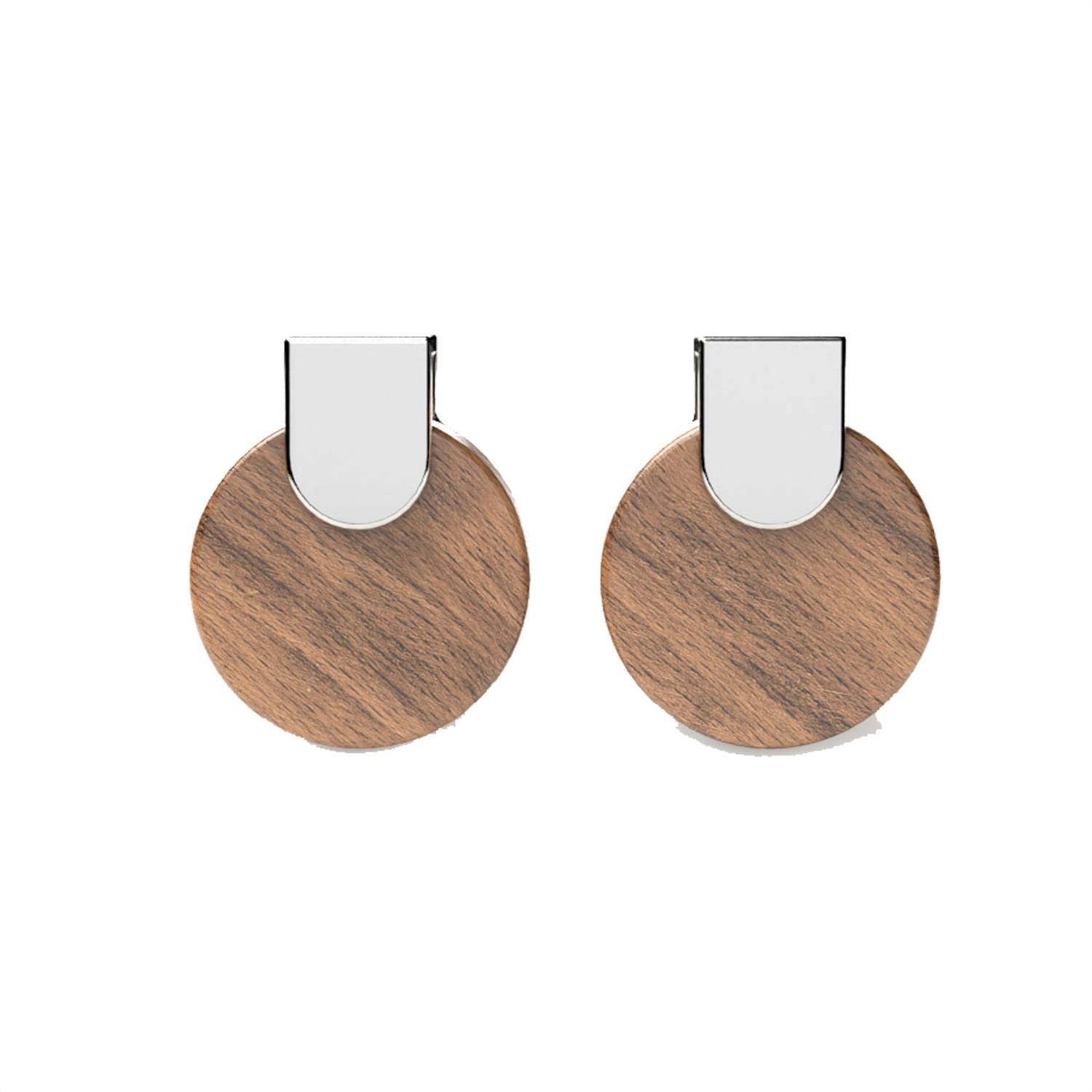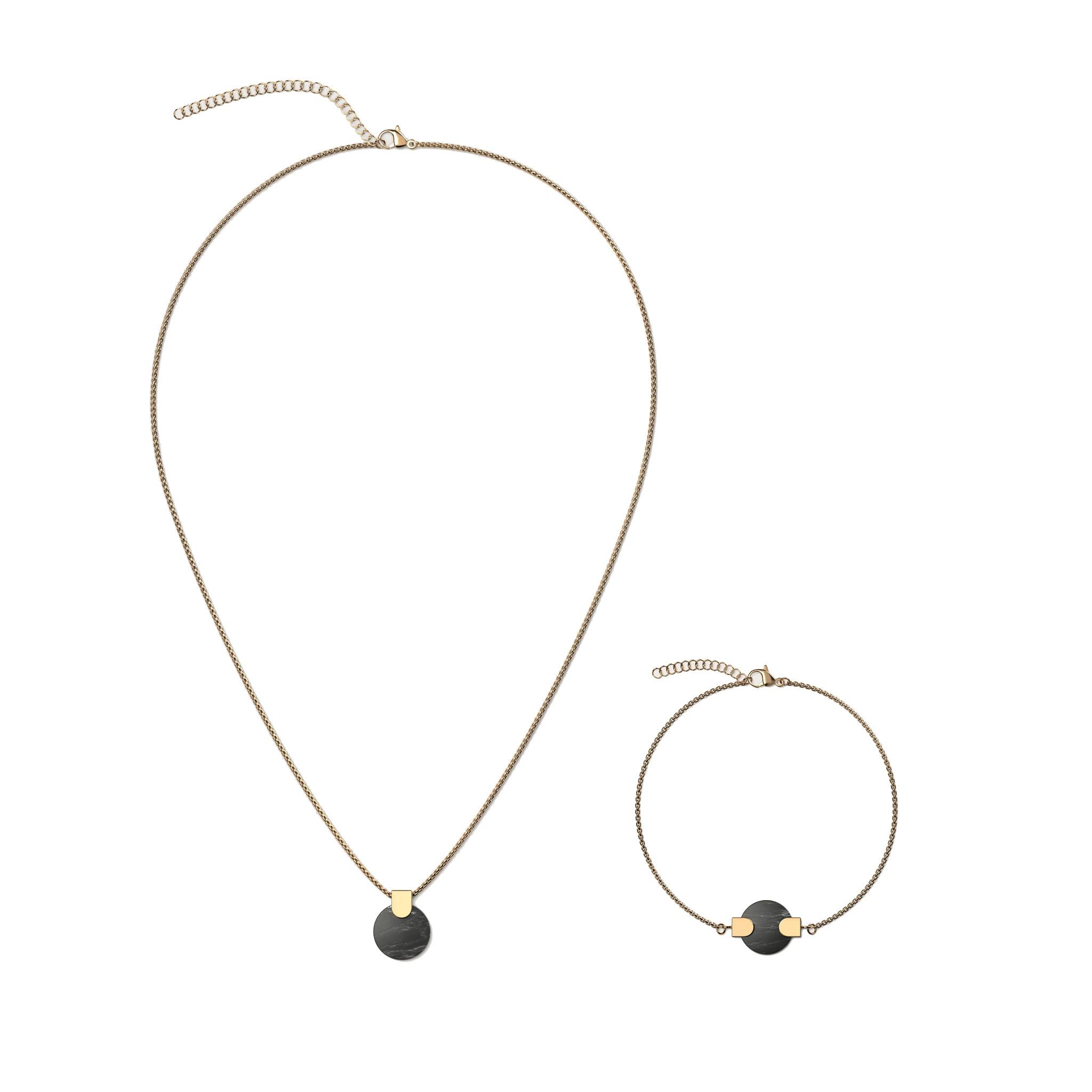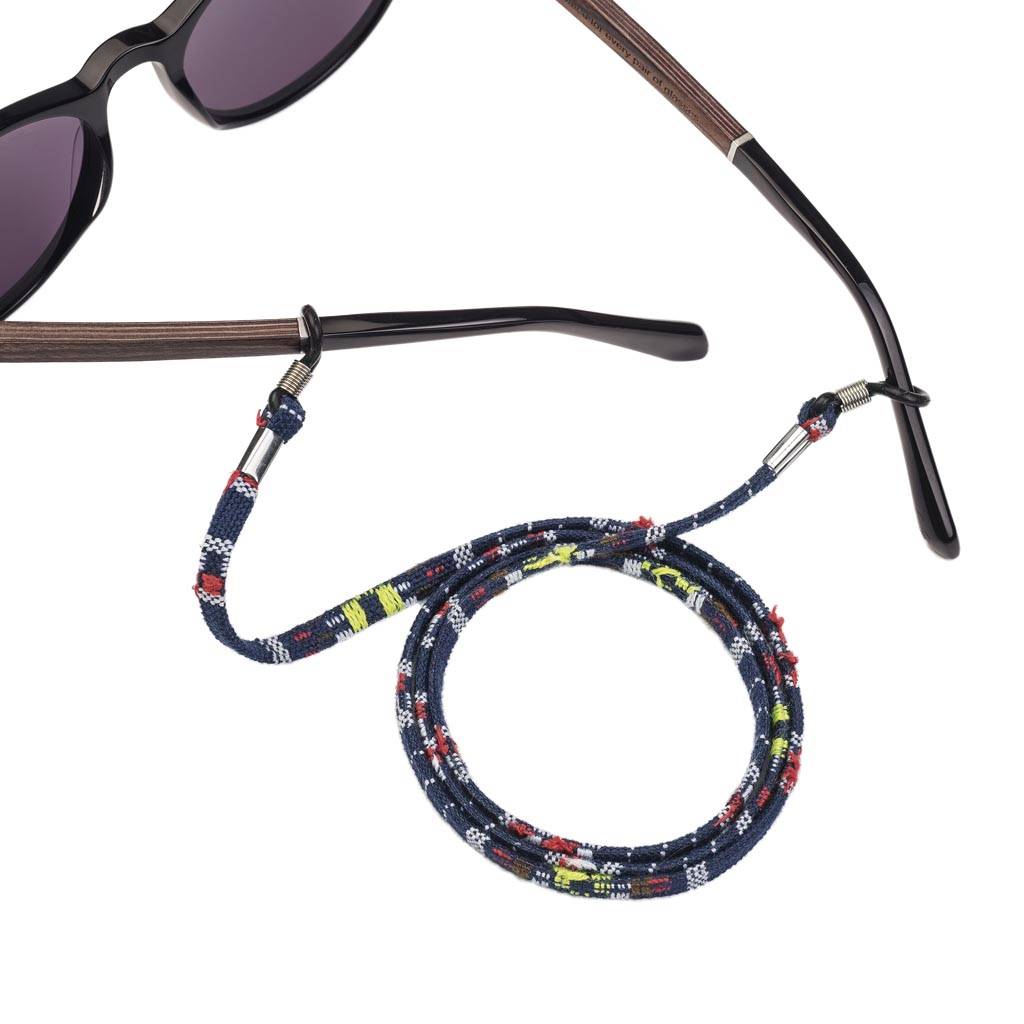Learn & live: The plastic problem
As a company that takes inspiration from our environment, travels, and the world, we have known from day one that we need to make an effort to look after our beautiful planet as much as we make an effort to create unique and high-quality designs for customers. Sustainability has been our priority since the very beginning.
However, when we started eight years ago we certainly didn’t know as much as we do now. So besides planting three trees for each product sold and continuing to make all our shipments CO2-neutral, we're trying to keep learning about the things that impact our surroundings and how we can make a difference as individuals and as a company.
We’d like to share some of these insights with our customers, who care about this planet as much as we do. In this article, we’re learning more about plastic pollution, how it affects us and which individual steps we can take to help reduce it.
The impact of plastic on us and our environment
Plastic. It’s versatile, sturdy, and cheap. No wonder that people and companies around the world so widely use it. But don’t forget: once produced, it never goes away! And that is why it doesn’t belong in our environment.
It seems you cannot go a day without hearing about the impact of plastic on our environment or our health. The rapidly increasing production of single-use plastic items is overwhelming our ability to process the waste that comes with it. Because plastic is so widely available, it often ends up in places it shouldn’t be, causing plastic pollution. And not just because someone forgets to put their plastic waste in a bin.
Causes of plastic pollution
Plastic made from fossil fuels was invented just over 100 years ago. After WWII, the production and use of plastic accelerated and transformed life as we know it today. Medical devices, rockets, helmets and other items made of plastic were invented and set out to save lives.
However, plastic turned out to be a little too convenient. The easy production and shaping of plastic led to a culture of single-use. Over 40 per cent of all plastic products are things we throw away after using them once, such as wrappers and bags. Only used for a few minutes, people might not realise many of these plastics will exist on our planet for hundreds of years to come.
Plastic in numbers
- If we do not reduce our plastic consumption, the production of plastic is expected to bedoubled by 2050.
- About 50% of all plastic was made in the last 15 years.
- Annually, around 8 million tons of plastic ends up in our oceans.
- Additives to make plastic more flexible or strong also add to the number of years it takes to break down.
How plastic ends up in our environment
A lot of plastic waste ends up in our waterways and eventually in the oceans. How it gets there? As plastic is relatively light, it gets carried by the wind, especially from landfills where waste is dumped, like a balloon. When it gets caught by a river or canal, it flows downstream into the sea. Once there, it can sit in patches of plastic that get bigger and bigger over time or taken around the world by ocean currents. Often, plastic washes up on shores, polluting beaches and coasts.
Once in a body of water, it is almost impossible to retrieve plastic waste. In water, the movement, wind, and sunlight break down plastic particles into even tinier particles called microplastics. Not visible by the human eye, these small pieces are found in every part of the world, from the deepest seas to the highest mountains.
How plastic affects our surroundings
Every year, millions of animals and plants are affected by plastic, from birds to corals to other marine organisms. Hundreds of (endangered) species are known to ingest or eat plastic, accidentally mistaken for food. When microplastics end up in our food chain, for example, in fish, they may end up causing health problems to humans.
Another way plastic affects animals is entanglement or starvation. Animals like turtles and seals can get tangled up by lost fishing nets, causing them to suffocate. Ecosystems may not get enough sunlight or oxygen due to plastics messing with their natural balance, causing them to die.
What we can do as individuals to reduce plastic pollution
The most important thing that we have to think of is to prevent plastic from entering our waterways in the first place. Here are some small steps we can take to avoid plastic waste.
- Go reusable. Bags, water bottles, straws, coffee cups, all these are unnecessary to buy just once.
- Inquire about the (free) recycling options your city offers.
- Learn how to cook! Take-out boxes often come in plastic or styrofoam containers.
- Find alternatives for plastic decorations, toys, wrappers. Many items also come in paper, wood or other biodegradable materials.
- Buy in bulk.
- Whenever you’re on a hike, run or other outings, bring a bag or container to pick up a few plastic waste items you find along the way and throw them in the bin.
- Support companies to make better choices when it comes to how they wrap and ship their products.
What we can do as a company
Companies can also take responsibility and look at their supply chain to see where they can avoid or replace their plastic use along the way. Some tips:
- Involve your employees. Educate them about plastic waste and encourage them to avoid using plastic by giving them reusable bags, water bottles or coffee cups.’
- Talk to your suppliers about your wish to avoid single-use plastic — they may be able to change up their packaging to help you. If not, you could always look at changing suppliers to a more eco-friendly option.
- Change up your packaging by using recycled or recyclable boxes and bags.
Governments should improve waste management systems, promote recycling and, of course, reward better product design for reducing the amount of plastic used or avoiding it altogether. Luckily, many countries have already taken steps to ban single-use plastic items. Together we can make a difference!
















